
Can you imagine a speedy Achilles never overtaking a tortoise crawling at a snail’s pace? Or an arrow in mid-flight frozen stiff? These are just some of the mind-bending conundrums Zeno of Elea set out over two thousand years ago. And they’re still vexing philosophers and mathematicians today. Let’s look at his best-known paradoxes about motion and time and see what they imply. Maybe we’ll even find out whether it’s possible for Achilles to finally get past that irritating reptile.
Zeno’s Background and Philosophical Context
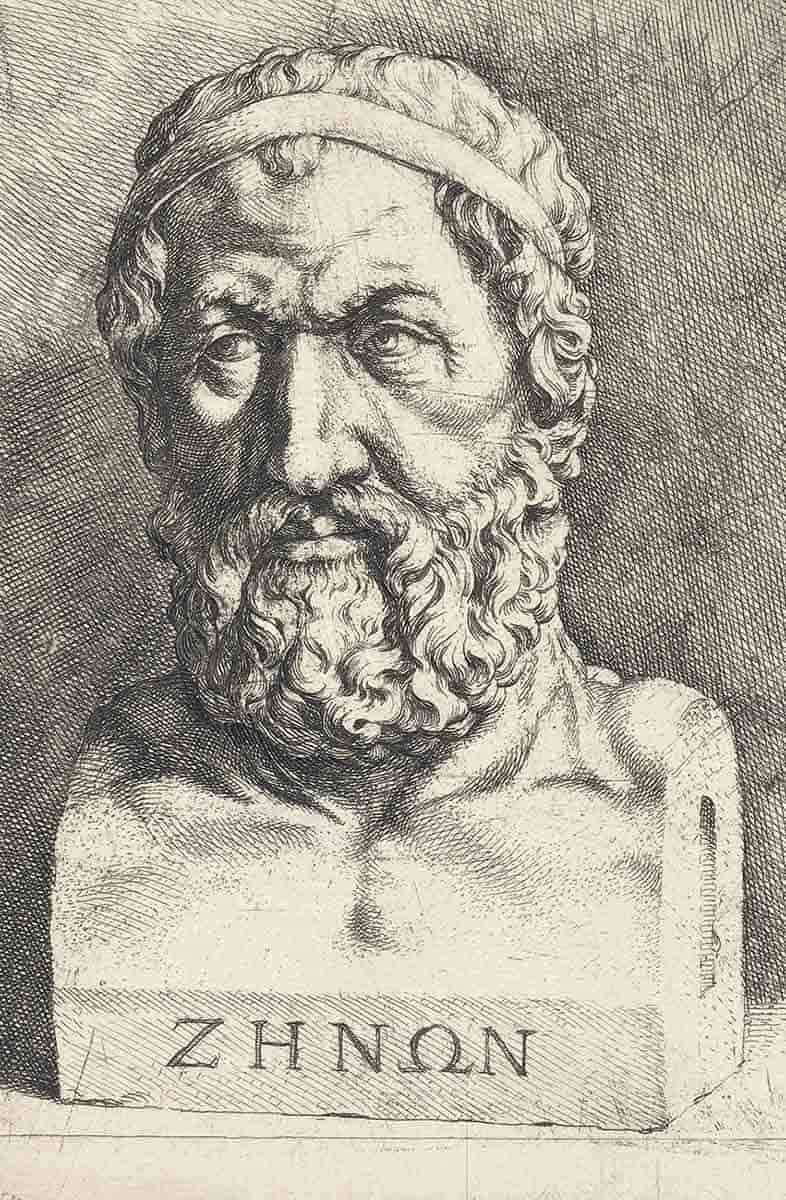
Zeno of Elea was a student of Parmenides, an influential ancient Greek philosopher who believed that the world does not change and any sense of change is an illusion. Zeno, who was born circa 490 BCE, lived in Elea, a Greek colony located in present-day southern Italy.
Here, he would have been exposed to the ideas that shaped his own thinking about metaphysics (the nature of reality), cosmology (the study of the universe), and ontology (the study of existence).
Greece, in Zeno’s lifetime, saw many intellectual changes and cosmological shifts. Some philosophers, such as Heraclitus, thought change was everywhere! Others disagreed. Pythagoras among them (he loved maths). With so many different ideas knocking about at once, there was plenty for young Zeno to pick up and think about.
Why did Zeno create his paradoxes? To back up Parmenides and protect his beliefs. He made them up to show that believing in change and motion leads to problems and inconsistencies.
By putting forward these puzzles that seem impossible to solve, he wanted people to understand that just because something seems true (like the fact that things move or change) doesn’t mean it is true. To really get it, you have to accept Parmenides’ idea of one thing never changing.
Zeno’s paradoxes were a challenge. Think again about everything you thought was obvious. Do any of his ideas help us answer questions we still struggle with today? What does it all mean? These were the kinds of conversations Zeno’s tricky paradoxes started among philosophers. And they’re topics we still talk about in philosophy and science class today.
The Dichotomy Paradox
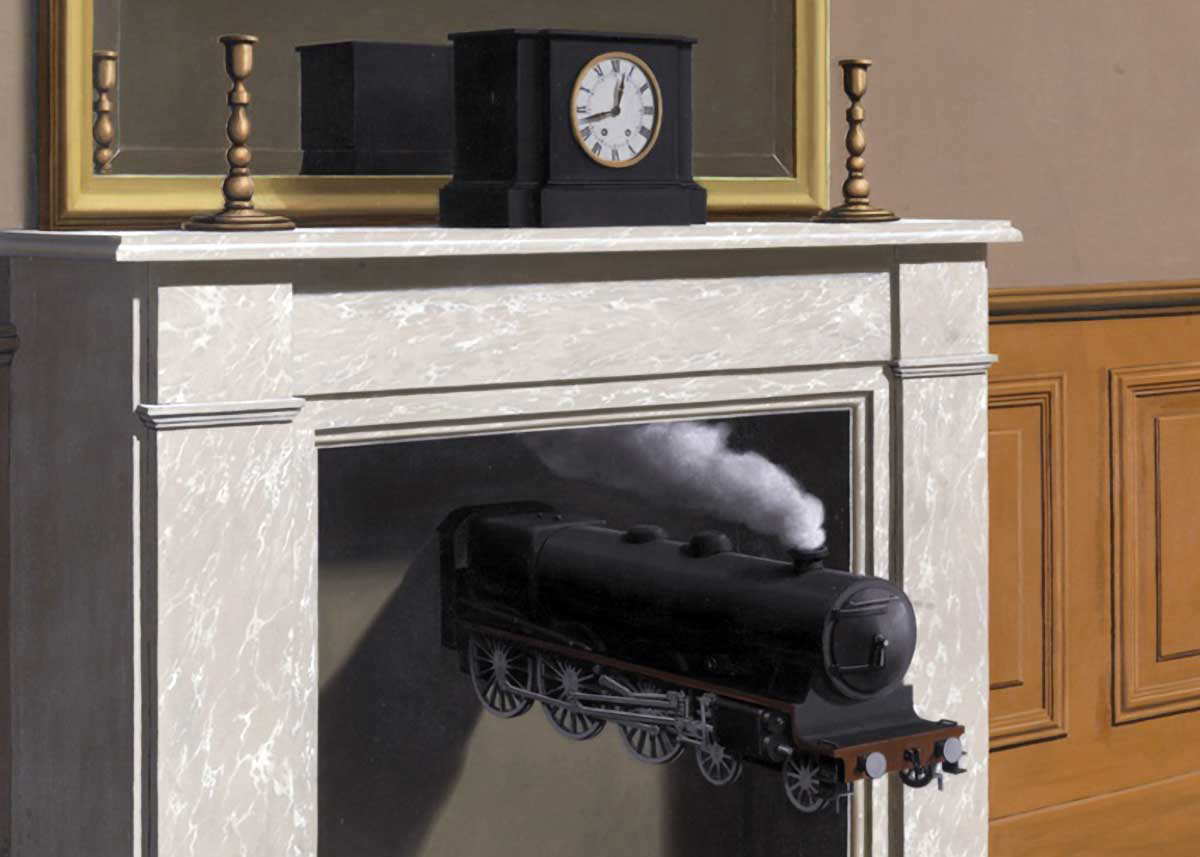
The Dichotomy Paradox, one of Zeno’s most well-known conundrums, challenges our comprehension of movement. It states that an object must complete an infinite number of tasks in a finite period of time in order to travel any distance at all.
Picture yourself as a runner. Zeno would argue that before you can cross the finish line, there is an infinite series of halfway markers you must pass. In fact, before reaching any one of those markers, there are infinitely many more to hit first.
On a philosophical level, the Dichotomy Paradox stems from the concept of infinite division. It demonstrates how if you divide a finite distance into an infinite number of smaller parts, it leads to a contradiction – in this case about motion.
The paradox raises profound questions about how things move if there is an infinity of points to pass through, yet it takes only a finite amount of time to do so. It suggests there may be more to space, time, and movement than our everyday intuitions tell us.
When considering motion itself, the implications stretch far beyond Zeno’s thought experiment. Could it be that every day, we think objects travel from one place to another, but they actually don’t (or are not quite)? And if this is true, what might that mean for other areas of life where we also apply “motion”?
This age-old riddle further hints at deeper mathematical and philosophical truths, too. These have encouraged generations of thinkers to explore maths and philosophy further. For instance, it led thinkers like Newton and Leibniz to develop calculus. Ironically, these tools can help us solve Zeno’s paradoxes.
The Achilles and the Tortoise Paradox
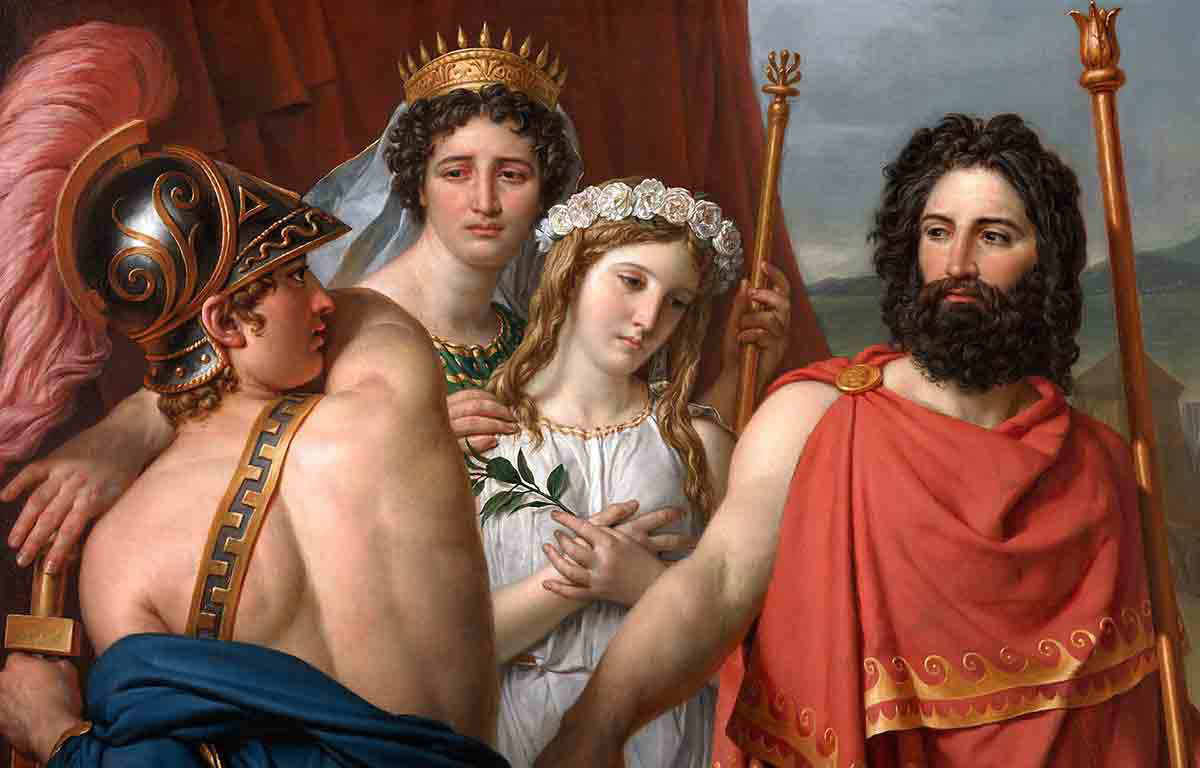
The Achilles and Tortoise Paradox is an age-old riddle from Zeno that highlights how strange motion can seem. In the paradox, the fleet-footed Achilles races a plodding tortoise. But even though he runs much faster, Zeno says Achilles can never overtake his reptilian rival.
Why not? Because each time Achilles reached where the tortoise was, it moved on a bit further. And when he gets there again after that, guess what? It’s still in front. And so ad infinitum – suggesting an infinite series of events where Achilles never catches up with the tortoise.
This paradox is also based on the idea of infinite division. Each time Achilles reaches where the tortoise is, there is still some distance left – no matter how small. This means that for Achilles to pass the tortoise, he must complete an infinite number of tasks – something that seems impossible in a finite time.
At its core, the paradox examines the relationship between speed, distance, and time. It questions the common-sense idea that if one thing is moving faster than another, it will overtake it.
Instead, it implies there is more to movement than just how fast things are going. It asks whether we can ever truly say something has moved at all. Zeno’s paradox invites us to rethink our intuitions about motion and change – and has even influenced later mathematical developments.
The Arrow Paradox
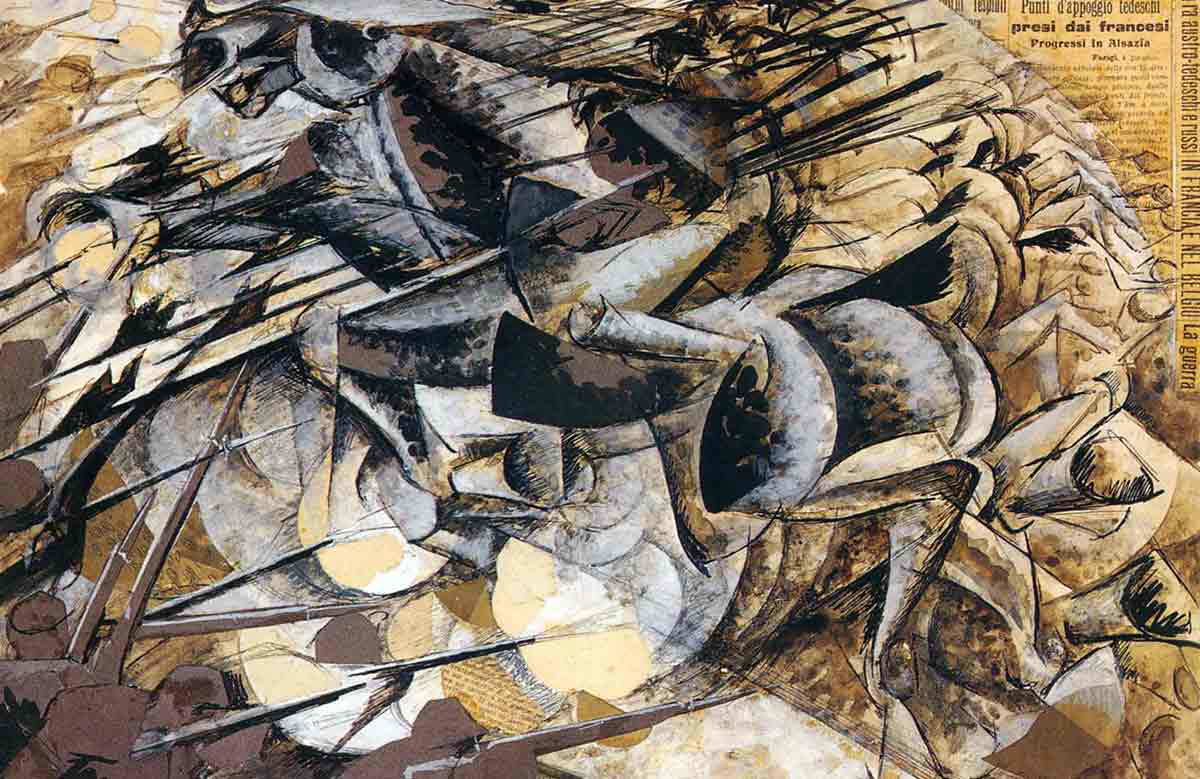
The Arrow Paradox is another one of Zeno’s intriguing conundrums that challenges how we understand movement and time. He points out that if you look at an arrow in mid-air at any one point in time, it seems like it isn’t moving. Because during that tiny timeframe, it has a fixed position.
And if you add up all those moments (which follow on from each other to make up time as we experience it), shouldn’t the arrow always be still? But we can see that it does move. In short, this paradox exposes a conflict between what our senses tell us and what logic says must be true.
The Arrow Paradox raises questions about the nature of motion and time. How can something be moving if it is still at every instant? It suggests that time may not flow continuously but rather pass in discrete moments.
If, in each of these individual moments, there is no perceivable change (so motion does not exist), then how can we perceive continuous movement? This paradox has profound implications for the idea of instantaneous velocity. Ordinarily, velocity is defined as distance traveled per unit time.
But if an object isn’t changing its position during any instant—as Zeno’s paradox indicates—then shouldn’t its velocity at that instant be zero? This contradiction prompted deeper investigation both philosophically and mathematically.
The resolution came with the development of calculus, which introduced infinitesimals and limits. By realizing that motion could be described as a series of infinitely small alterations, we can come to a better understanding of not only instantaneous velocity but also time as continuous change itself.
The Stadium Paradox
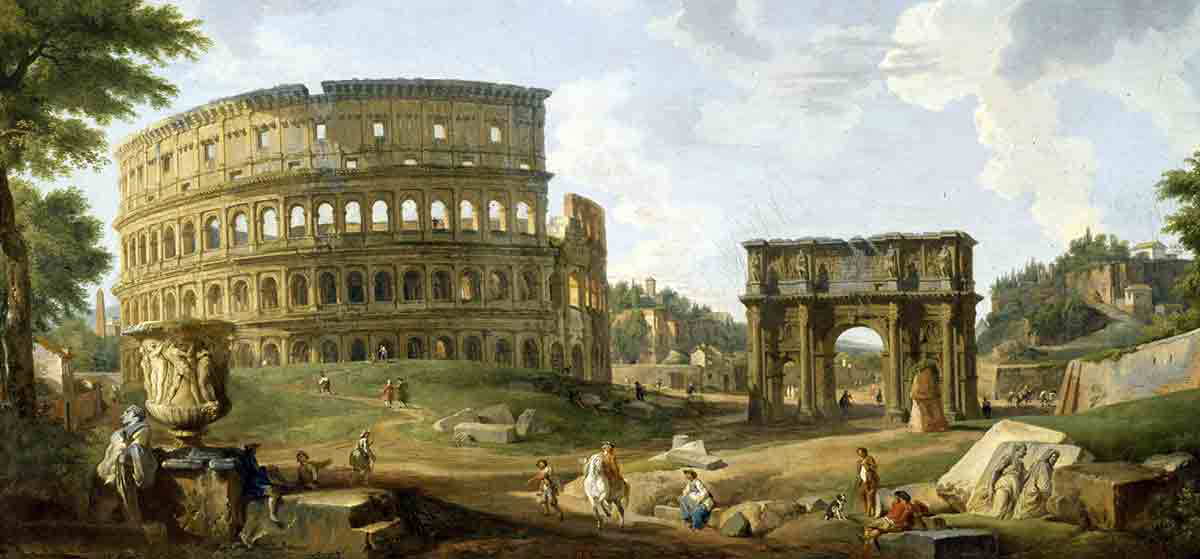
The Stadium Paradox, also called the Dashing Rows Paradox, challenges our grasp of movement and relativity in yet another one of Zeno’s fascinating conundrums. Picture three lines of things: Line A doesn’t move; Line B moves to the right; Line C moves leftwards, but at exactly the same speed as Line B.
If we watch how things progress in these lines, there seems to be something funny going on. Objects in Line B appear to zip past those in Line C twice as fast as they do those in Line A (even though all are moving at an identical pace relative to members of Line A itself).
This paradox asks us to think about whether relative motion is always consistent. Suppose two rows of objects traveling toward each other move past one another more quickly than they do a row that’s standing still. Well, what does that say about how we understand speed or motion anyway?
As we examine the Stadium Paradox through the lens of relative motion, Zeno draws attention to a contradiction. If you consider their motion only in relation to one another, shouldn’t objects in Row B and Row C—moving opposite directions—cover more ground in less time? This challenges our intuitions about uniform motion.
The Stadium Paradox has far-reaching implications for how we understand space and time. It forces us to reconsider whether movement is something that occurs “out there” in an absolute sense – or if it’s something we perceive. This puzzle (like others created up by Zeno) helped push mathematicians and physicists towards more sophisticated theories.
Modern Interpretations and Resolutions

Zeno’s paradoxes have been puzzling thinkers for centuries, leading to various philosophical and mathematical attempts to unravel them. From a philosophical perspective, some argue that Zeno’s paradoxes show there are limits to our understanding of motion and infinity, prompting further exploration of these concepts.
From a mathematical perspective, the breakthrough came with the development of calculus by Isaac Newton and Gottfried Wilhelm Leibniz in the 17th century. Calculus introduced the idea of limits and infinitesimals, which enables us to make sense of how infinite series can add up to finite values.
By breaking motion down into an infinite number of infinitesimally small steps, calculus reconciled Zeno’s paradoxes with what we observe about continuous motion in reality. This mathematical framework showed that Achilles really does overtake the tortoise. Besides, it showed that an arrow can be moving even if it is at rest at every instant along its path.
Even with these advances though, Zeno’s paradoxes are still important today. They remind us that there may be complicated ideas behind something that seems simple – like motion or change.
People who study maths’ foundations, time’s nature or what humans can understand still talk about Zeno’s ideas from over 2,000 years ago. They show that people have always wanted to know more. They make us question if what we see is true or not.
So, What Are Zeno’s Paradoxes?
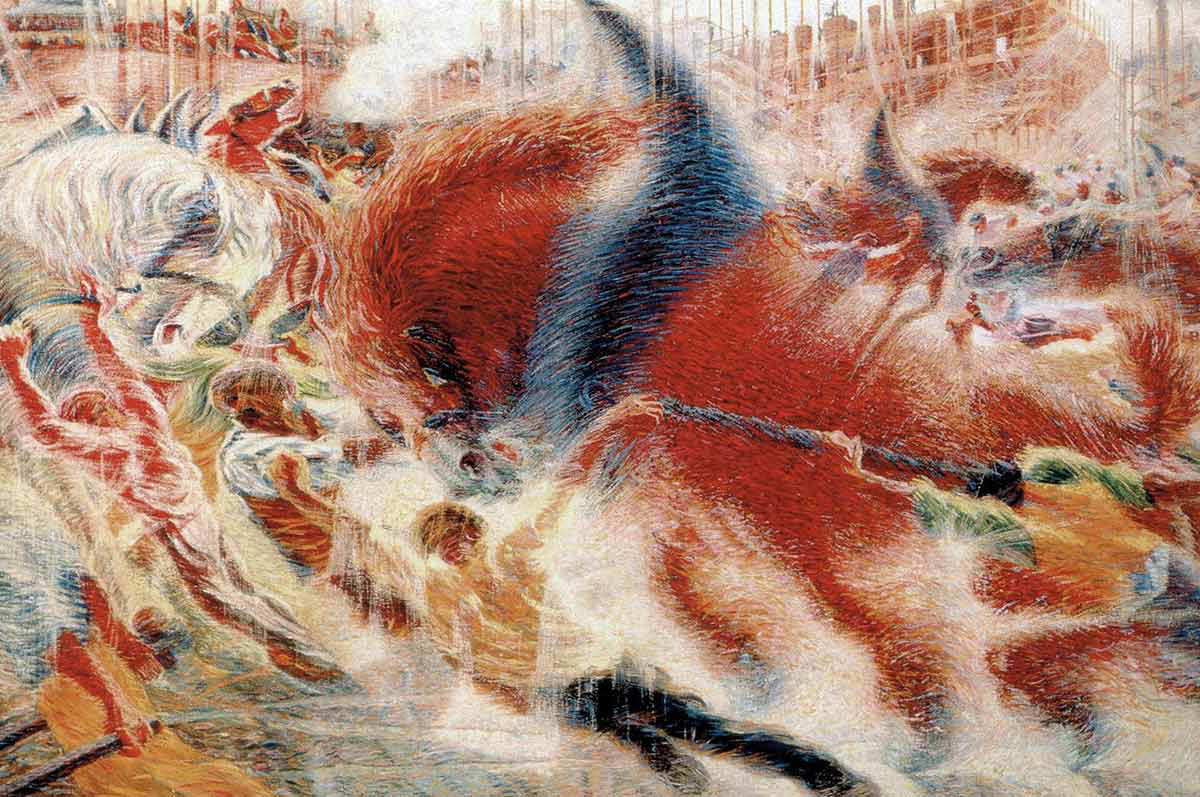
What exactly are Zeno’s paradoxes? They’re timeless conundrums that make us question what we know about motion and time. Created by the Greek philosopher Zeno of Elea, these ancient riddles force us to think about the limits of our senses.
Zeno’s paradoxes reveal hidden complications in things we experience every day – like moving or throwing something. Although we now have ways to explain them with calculus and modern physics, they still make us curious and eager to discuss.
It means that Zeno’s paradoxes aren’t just interesting puzzles. They also help open up deeper ways of thinking about philosophy and science. They ask us to use our minds carefully and consider that there could be lots more going on than meets the eye.








